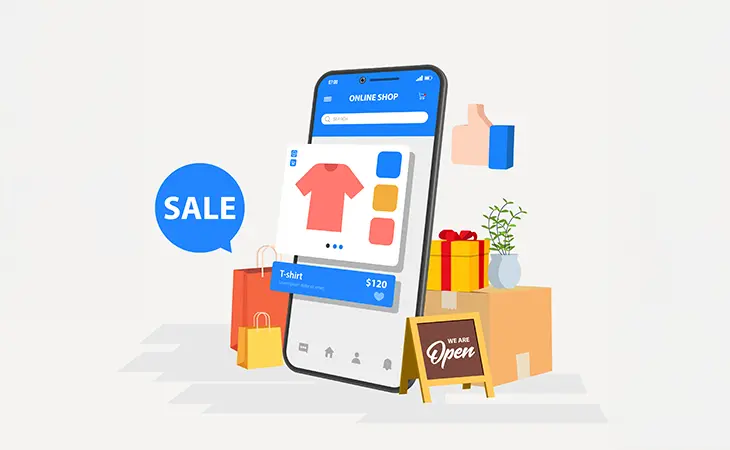Why “Rankings” Alone No Longer Cut It
Here’s the cold hard truth: getting to page one of Google doesn’t mean squat if users bounce instantly or can’t find what they need. Traditional SEO – keywords, backlinks, meta tags – used to win the race. Now? The race changed.
The concept of Search Experience Optimization, or SXO, is about what happens after someone clicks your result link. It’s not just “get them there,” it’s “keep them, guide them, convert them.”
For example: you might rank high for “best contractor website design,” but if your page loads slow, has confusing navigation, or content that doesn’t address the real buyer’s question, your conversion rate will tank. And Google sees that.
What SXO Really Means
SXO = SEO + UX (user experience) + meeting real intent. Let me unpack what that means in practice:
You still need the fundamentals of SEO – keyword research, clean technical setup, link authority.
But now you must focus on user intent: what is the searcher really looking for? Are they comparing, buying, researching? SXO aligns content to that.
Then you need the user experience piece: site speed, mobile/responsive design, intuitive navigation, readable content, clear next steps.
And finally – conversion and engagement: high bounce = bad. Time on page, clicks, actions, trust signals = good. SXO mixes all this.
Bottom line: SXO isn’t optional if you want more than traffic. You want results.
Real Changes in the Search Game That Make SXO Mandatory
Let’s talk real facts. Things are shifting fast. If you’re still operating like it’s 2010 you’ll get left behind.
Google’s algorithms increasingly factor in user experience metrics and behavior (Core Web Vitals, bounce rate, mobile performance).
Search journeys aren’t linear anymore. People search on Google, YouTube, forums, social – then click your site, then bounce to competitors, then back again. SXO covers the whole experience across platforms.
AI-powered features and answer-engines are changing how impressions and clicks happen. It’s not just “ten blue links” anymore – rich snippets, AI overviews, voice search matter. SXO helps you be present in that new world.
If your site only delivers on ranking but fails in conversion you’re wasting budget. One source showed when UX + intent align, bounce rates dropped by ~32%.
So yes, you can still chase rankings, but without aligning the experience your rankings bring little to no business value.
What to Do Now: A Tactical SXO Playbook for Rocket Web Designer
Since we’re working together on lead generation for web design/marketing, here are actionable steps you need to execute. I won’t sugarcoat—this takes work.
Action 1: Audit intent and experience.
Pick your domain (for example “lawfirmwebdesign.com” we bought). Ask: what is the searcher’s intent when they arrive? Are they seeking quotes, browsing galleries, comparing pricing?
Map the funnel: search → click → landing page → lead form. Identify friction points (slow page, unclear CTA, irrelevant content).
Use tools: Google Analytics/GSC for bounce + time-on-page; tools like GTMetrix or PageSpeed Insights for performance.
Action 2: Optimize landing pages for intent and experience.
Ensure the page content matches the keyword’s user intent. If the searcher expects “law firm website cost + examples,” give it. Don’t just talk generic about “we design websites.”
Improve page speed, mobile responsiveness, clean UX. Remove distractions. Make leads the obvious next action.
Use trust signals: examples of past law-firm web design, client logos, testimonials, clear next-step forms.
Action 3: Expand your footprint across touchpoints.
If law-firm clients search on Google, also consider YouTube, LinkedIn, specialized legal directories. Make sure your content shows up where they are. SXO says you don’t only optimise for Google, you optimise for the experience wherever the user finds you.
Create micro-content for video, social, podcasts that all funnel back to your landing domain.
Action 4: Measure the right stuff.
Stop celebrating rankings alone. Start measuring: conversion rate from search → lead, bounce rate from landing page, average session duration, page speed metrics.
Use this data to iterate. If bounce is high, change the angle, rewrite the headline, simplify the form. SXO is ongoing.
Action 5: Make it a company culture shift.
At Rocket Web Designer, we must stop seeing SEO as a separate department. SEO, content, UX, dev — they all work together. That’s how SXO succeeds.
Every site build or redesign we do should have “experience after click” baked in. Not just “rank well.”
Why If You Ignore SXO, You’re Playing with Fire
Let’s be blunt: you could spend thousands getting to #1 for a keyword—but if your site fails to convert, your ROI is zero. Worse, the search engines will notice and may even downgrade you over time as behavioural signals worsen.
If you ignore SXO:
Traffic increases, but leads don’t. Your acquisition cost stays high, your margin shrinks.
Your competitors who optimise for experience will overtake you.
Your brand looks bad: high bounce, slow site, confusing offer = mistrust.
You’ll be chasing algorithm updates instead of building sustainable results.
Final Thoughts
Search experience optimization (SXO) isn’t a buzzword – it’s the reality you must face. If you’ve been playing the old game (rankings first, conversions later), stop. Start designing every page, every funnel, every domain we build so that it answers the user’s intent, provides an exceptional experience, and moves them toward a decision.
At Rocket Web Designer, let’s lead the change – not follow it. Let’s make sure that every domain we launch (like lawfirmwebdesign.com) doesn’t just rank well – it works well.
Further Reading
Want to dig deeper into Search experience optimization (SXO)? Here are strong resources:
Ready to Fix Your Website for Good?
Let's Grow Your Business Online
From websites to automation, we’ve helped 100+ business owners grow online




